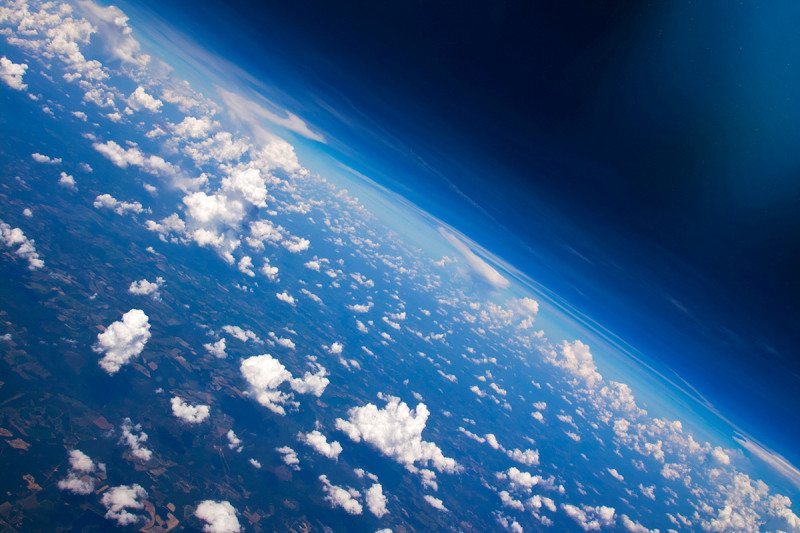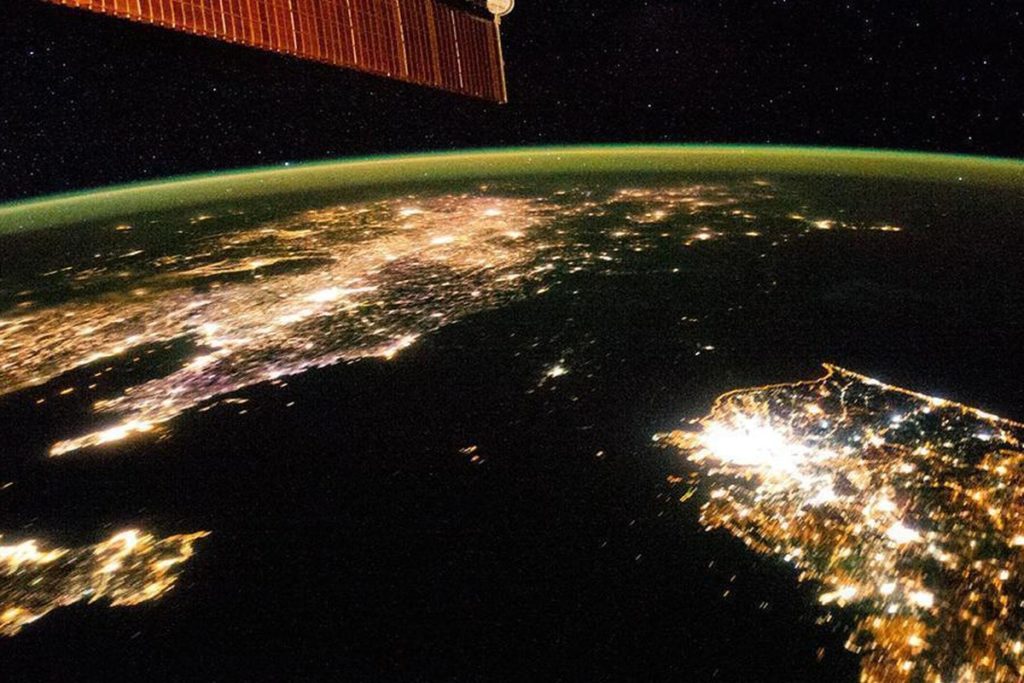Simple Equation Shows How Human Activity Is Trashing the Planet
ENVIRONMENT, 17 Apr 2017
Owen Gaffney | New Scientist – TRANSCEND Media Service
Homo sapiens now rivals the great forces of nature. Humanity is a prime driver of change of the Earth system. Industrialised societies alter the planet on a scale equivalent to an asteroid impact. This is how the Anthropocene – the proposed new geological period in which human activity profoundly shapes the environment – is often described in soundbites.
But is it possible to formalise such statements mathematically? I think so, and believe doing this creates an unequivocal statement of the risks industrialised societies are taking at a time when action is vital.
Following the maxim of keeping everything as simple as possible, but not simpler, Will Steffen from the Australian National University and I drew up an Anthropocene equation by homing in on the rate of change of Earth’s life support system: the atmosphere, oceans, forests and wetlands, waterways and ice sheets and fabulous diversity of life.
For four billion years, the rate of change of the Earth system (E) has been a complex function of astronomical (A) and geophysical (G) forces plus internal dynamics (I): Earth’s orbit around the sun, gravitational interactions with other planets, the sun’s heat output, colliding continents, volcanoes and evolution, among others.

The rate of change of the Earth system (E) over the last 40 to 50 years is a purely a function of industrialised societies (H)
That rate of change has been anything but steady of late. If we take a baseline of the last 7000 years, until recently, global temperature decreased at a rate of 0.01 °C per century. The current rate (last 45 years) is a rise of 1.7 °C per century – 170 times the baseline and in the opposite direction. The warmest 12 years since records began have all occurred since 1998.
The rate of carbon emissions to the atmosphere is arguably the highest in 66 million years, when the (non-avian) dinosaurs slipped off this mortal coil. The staggering loss of biodiversity in recent decades prompted researchers in 2015 to argue that the Anthropocene marks the third stage in the evolution of Earth’s biosphere, following on from the microbial stage 3.5 billion years ago and the Cambrian explosion 650 million years ago.
Pulling this together, we conclude that the rate of change of the Earth system over the last 40 to 50 years is a purely a function of industrialised societies (H).
In the equation, astronomical and geophysical forces tend to zero because of their slow nature or rarity, as do internal dynamics, for now. All these forces still exert pressure, but currently on orders of magnitude less than human impact.
This is a bold statement. But viewed this way, arguments about humans versus natural causes disappear. In 2016, Earth experienced a massive El Niño event affecting the global climate. But this is balanced by the cooler La Niña – taken together, the net rate of change of the Earth system resulting from these is zero over a decade or so.
False sense of security
We should be concerned. For the last 2.5 million years, Earth settled into a rather unusual period of potential instability as we rocked back and forth between ice ages and intervening warm periods, or interglacials. Far from living on a deeply resilient planet, we live on a planet with hair triggers. Industrialised societies are fumbling around with the controls, lulled into a false sense of security by the deceptive stability of the Holocene, the last 11,700 years. Remarkably and accidentally, we have ejected the Earth system from the interglacial envelope and are heading in to unchartered waters.
While the rate of change of the Earth system needs to drop to zero as soon as possible, the next few years may determine the trajectory for millennia. Yet the dominant neoliberal economic systems still assume Holocene-like boundary conditions – endless resources on an infinite planet. Instead, we need “biosphere positive” Anthropocene economics, where economic development stores carbon not releases it, enhances biodiversity not destroys it and purifies waters and soils not pollutes them.
While it would seem imprudent to ignore the huge body of evidence pointing to profound risks, it comes at a challenging time geopolitically, when both fact-based world views and even international cooperation are questioned. Nowhere has this been clearer than in the US in recent weeks.
It is perhaps surprising that in the 1990s, Stephen Bannon, White House strategist and ideologue, was CEO of Biosphere 2, a project in Arizona to create an artificial habitat for humans, partly to inform potential space colonisation missions. The delicate balance between humans and nature in Biosphere 2 collapsed into chaos and the experiment folded in 1994.
While Biosphere 1 – Earth – is in no such short-term danger, societies are. The stakes could not be higher, yet critical knowledge and action needed for stability is in danger of becoming collateral damage in today’s war on facts. Ignorance and uncertainty are no longer rational excuses for inaction.
_______________________________________________
Owen Gaffney is an Anthropocene analyst and communicator at the Stockholm Resilience Centre at the University of Stockholm, Sweden, and the Future Earth international research programme.
Journal reference: The Anthropocene Review, doi: 10.1177/2053019616688022
Go to Original – newscientist.com
DISCLAIMER: The statements, views and opinions expressed in pieces republished here are solely those of the authors and do not necessarily represent those of TMS. In accordance with title 17 U.S.C. section 107, this material is distributed without profit to those who have expressed a prior interest in receiving the included information for research and educational purposes. TMS has no affiliation whatsoever with the originator of this article nor is TMS endorsed or sponsored by the originator. “GO TO ORIGINAL” links are provided as a convenience to our readers and allow for verification of authenticity. However, as originating pages are often updated by their originating host sites, the versions posted may not match the versions our readers view when clicking the “GO TO ORIGINAL” links. This site contains copyrighted material the use of which has not always been specifically authorized by the copyright owner. We are making such material available in our efforts to advance understanding of environmental, political, human rights, economic, democracy, scientific, and social justice issues, etc. We believe this constitutes a ‘fair use’ of any such copyrighted material as provided for in section 107 of the US Copyright Law. In accordance with Title 17 U.S.C. Section 107, the material on this site is distributed without profit to those who have expressed a prior interest in receiving the included information for research and educational purposes. For more information go to: http://www.law.cornell.edu/uscode/17/107.shtml. If you wish to use copyrighted material from this site for purposes of your own that go beyond ‘fair use’, you must obtain permission from the copyright owner.

